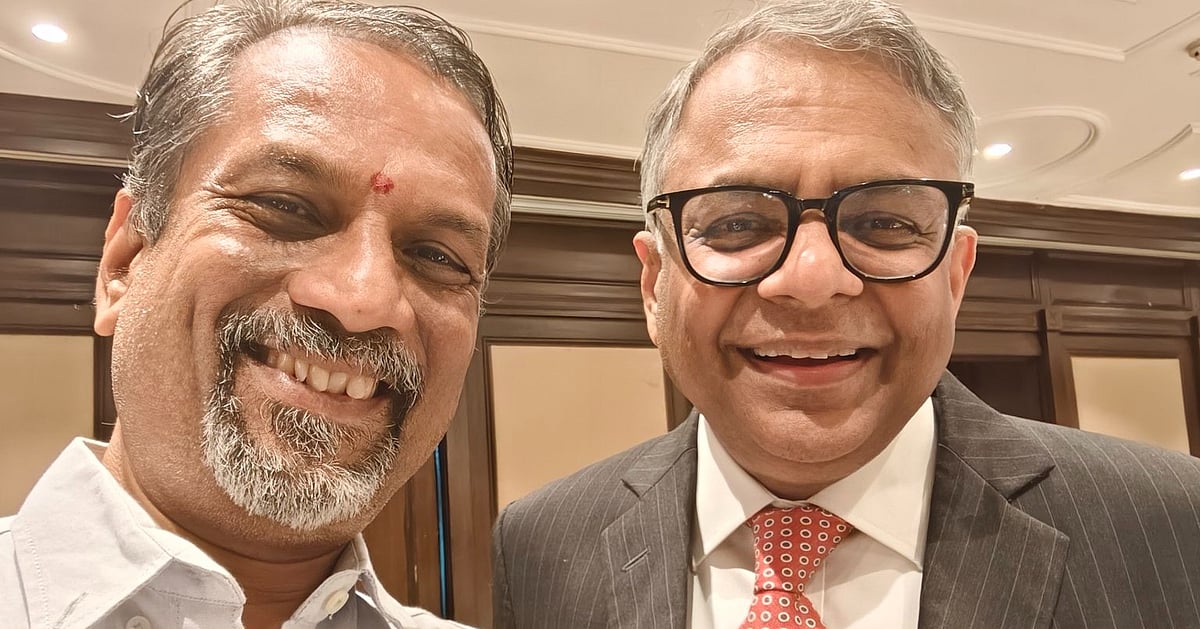Sridhar Vembu, the visionary behind Zoho, has recently shared his insights regarding the current challenges faced by India’s information technology sector. He argues that the decline in performance metrics among major IT firms is not merely a consequence of artificial intelligence disruptions or the impact of Trump-era tariffs. Instead, Vembu points to deeper inefficiencies that have taken root within the broader software industry over time.
The Underlying Issues in the IT Sector
Vembu’s observations suggest that the difficulties plaguing Indian IT companies, such as Tata Consultancy Services, Infosys, and Wipro, are symptomatic of a more extensive problem. In a candid post on social media platform X, he stated, “What we are witnessing is beyond a cyclical downturn; it is a reflection of longstanding inefficiencies in products and services.”
- Cyclical vs. Structural Challenges: Vembu emphasizes that the current downturn cannot solely be attributed to external factors like tariffs or AI innovations.
- Inefficiencies Accumulated Over Time: He highlights that these inefficiencies have built up over decades, exacerbated by a prolonged asset bubble that has influenced operations in India.
Impact on Employment and Future Outlook
The recent quarterly reports from leading IT firms have displayed disappointing results, leading to a cautious outlook for the sector. This uncertainty has resulted in hiring freezes, impacting countless young graduates eager to embark on their professional journeys. Vembu underscored the reliance on the IT industry, stating, “We have become dependent on this sector for employment, which might have otherwise supported growth in manufacturing and infrastructure.”
- A Shift in Talent Dynamics: The IT industry’s growth has drawn talent that could have contributed to other vital sectors, indicating a need for a reevaluation of the industry’s direction.
- An Inflection Point: Vembu warns that India stands at a critical juncture, and the last three decades may not serve as a reliable guide for the future. He advocates for challenging existing assumptions and fostering innovative thinking to navigate the upcoming challenges.
Conclusion
As the IT landscape continues to evolve, it’s crucial for industry leaders and stakeholders to heed Vembu’s call for introspection and proactive strategy adjustments. The insights provided by him not only reflect the current state of the industry but also serve as a beacon for necessary transformation moving forward.
For more on the evolving dynamics of the Indian IT sector, you can explore additional opinions and analyses here and here.











